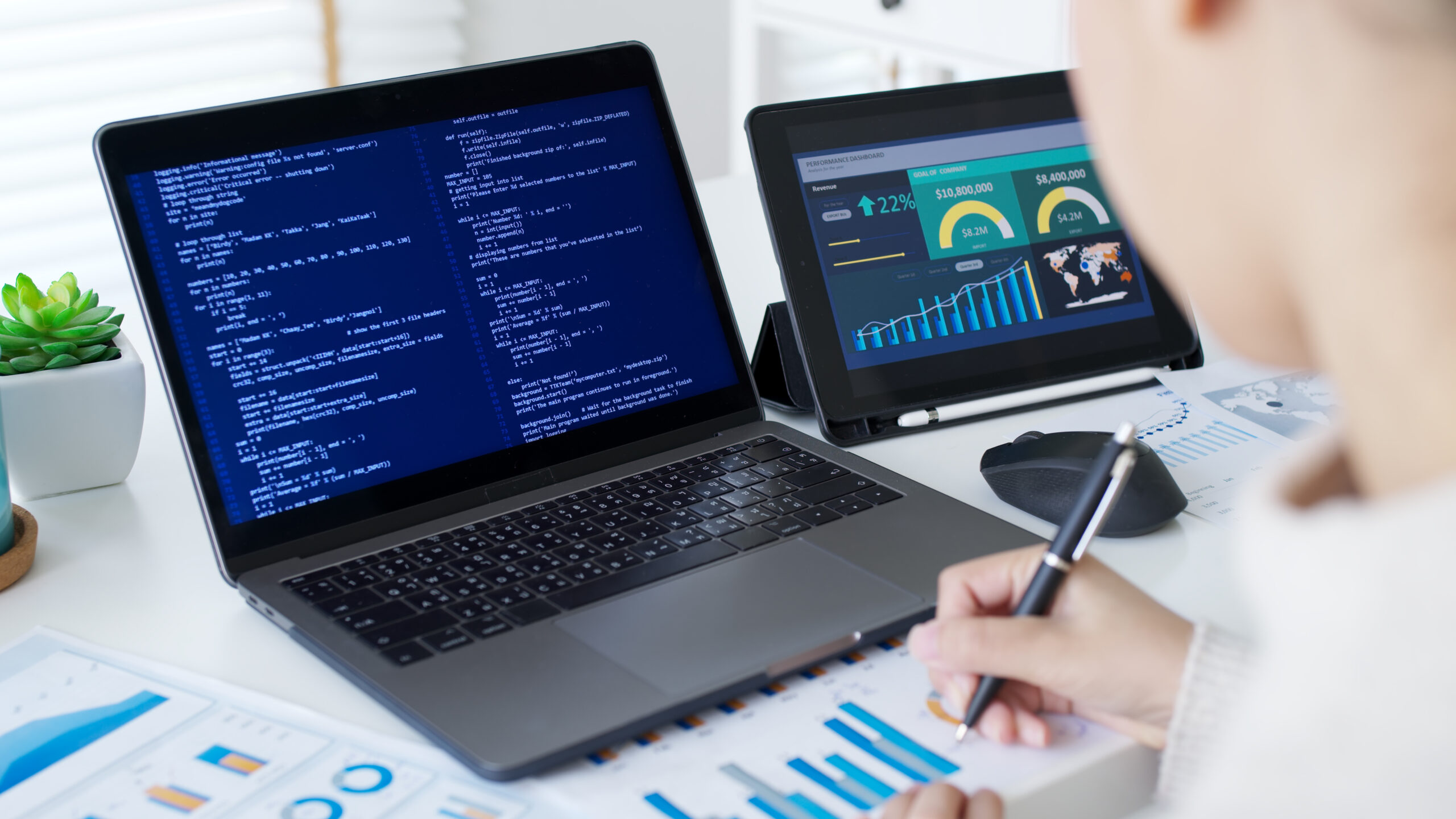Helping decision makers understand the economy quickly through new methods

Today, we release a variety of outputs from a collaboration between the Office for National Statistics (ONS) and the Alan Turing Institute exploring economic nowcasting methods. We have been working together to investigate if the signature method, used previously in other disciplines like finance, medicine, and cyber security, could also be useful for economic nowcasting.
Nowcasting refers to generating estimates of the current (“now”) state of the economy. It involves combining and using information released at a high frequency to estimate what a variable of interest that is available at a lower frequency might be doing in real-time. There are a variety of methods commonly used in economics to do this.
Households, businesses, and policymakers need up-to-date information to make the best decisions. However, it takes time to collect and compile information that accurately represents the whole economy. In the UK, the ONS publishes monthly gross domestic product (GDP) estimates, released 40 days after the reference month, and quarterly GDP estimates, which are published around six weeks after the end of the quarter. These estimates are then updated as more information is incorporated (see our GDP quality and methodology information). However, there is a vast wealth of information about aspects of the economy that can be gleaned from indicators that are released more quickly and frequently than either monthly or quarterly GDP. The ONS publishes a selection in its weekly Economic activity and social change in the UK, real-time indicators bulletin, and others are available from other sources. We describe work looking at how we can use mathematical models to collate frequently released indicators to glean better information about what is happening in the economy now.
Two of the challenges faced in nowcasting are the different frequencies of various datasets (some are available daily, weekly, monthly, quarterly) and missing or irregularly spaced data because of publication lags or collection methods. These challenges become more acute with the increased availability of alternative data sources, such as web-scraped data, scanner data, or financial transactions data. The signature method handles these challenges by embedding the observed data in continuous time. It first generates a ”path signature” with a series of iterated integral terms, which capture the geometric properties of sequential data (for example, the potentially non-linear relationships between the indicators and time). One can then generate a nowcast for a variable of interest by applying regression methods on the path signature, (for example, a simple linear model on the nonlinear signature terms).
Today, we release several outputs from this work.
The first is an academic paper that compares the signature method against other nowcasting methods mathematically and in various empirical applications. We show that the linear Kalman-Bucy filter can equivalently be written as a linear regression problem on the signature space. In a nowcast of US GDP growth, the signature method generates a lower root-mean-squared error over the evaluation period than a dynamic factor model. The signature method also generates a slightly lower root-mean-squared-error than an autoregressive integrated moving average model in nowcasting weekly UK road fuel prices.
Our second release is a technical report details how the signature method performs in nowcasting UK household income, where it performs similarly to an autoregressive model. In this context, we find that the mixed-frequency data sampling (MIDAS) model performs best over the evaluation period, but still only offers a slight improvement over an autoregressive model.
We will also release a PYTHON code repo, which enables others to apply the signature method to generate nowcasts for other variables of interest. Users can load in their own indicators and target variable, and the code will generate a nowcast of the target for periods of interest using the signature method. We hope this repo will help public sector users and others perform better nowcasts using this off-the-shelf code.
The ONS and Alan Turing partnership on the economic nowcasting project has demonstrated how different techniques can help to overcome the challenges of understanding the economy quickly and explored some of the strengths and weaknesses of the signature method in this context. It has also provided reusable code to apply the signature method to different target variables in future. This understanding and code can help the ONS and others as we seek to develop the best early estimates of the state of the economy for decision makers.
Thank you to all of our contributors from the ONS and the Alan Turing Institute for their collaboration on this project.